Eurycomanone
- CAS NO.:84633-29-4
- Empirical Formula: C20H24O9
- Molecular Weight: 408.4
- MDL number: MFCD01704311
- SAFETY DATA SHEET (SDS)
- Update Date: 2024-11-21 15:02:05
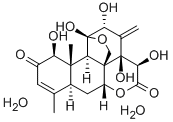
What is Eurycomanone?
The Uses of Eurycomanone
Eurycomanone is known as a cytotoxic compound found in Eurycoma Longifolia Jack. Previous studies had noted its cytotoxic effects against various cancer cell lines. More recent research demonstrated the ability of Eurycomanone to suppress the expression of lung cancer cell tumor markers, prohibitin, annexin 1 and endoplasmic reticulum protein 28. Eurycomanone was shown to also exerts the ability to induce apoptosis through the up-regulation of p53 in human cervical carcinoma cells.
Definition
ChEBI: A quassinoid isolated from Eurycoma longifolia and has been shown to exhibit antineoplastic and antimalarial activties.
Properties of Eurycomanone
| Melting point: | 273-285℃ (methanol ethyl ether ) |
| Boiling point: | 669.5±55.0 °C(Predicted) |
| Density | 1.63±0.1 g/cm3(Predicted) |
| storage temp. | -20°C Freezer |
| solubility | DMSO (Slightly), Methanol (Slightly, Heated, Sonicated), Pyridine (Slightly, Son |
| form | Solid |
| pka | 11.29±0.70(Predicted) |
| color | Off-White to Pale Beige |
Safety information for Eurycomanone
Computed Descriptors for Eurycomanone
New Products
Tert-butyl bis(2-chloroethyl)carbamate 4-Methylphenylacetic acid N-Boc-D-alaninol N-BOC-D/L-ALANINOL N-octanoyl benzotriazole 3-Morpholino-1-(4-nitrophenyl)-5,6-dihydropyridin- 2(1H)-one Furan-2,5-Dicarboxylic Acid DIETHYL AMINOMALONATE HYDROCHLORIDE 1,1’-CARBONYLDIIMIDAZOLE R-2-BENZYLOXY PROPIONIC ACID 1,1’-CARBONYLDI (1,2-4 TRIAZOLE) N-METHYL INDAZOLE-3-CARBOXYLIC ACID (2-Hydroxyphenyl)acetonitrile 4-Bromopyrazole 5-BROMO-2CYANO PYRIDINE 5,6-Dimethoxyindanone 5-broMo-2-chloro-N-cyclopentylpyriMidin-4-aMine 2-(Cyanocyclohexyl)acetic acid 4-methoxy-3,5-dinitropyridine 1-(4-(aminomethyl)benzyl)urea hydrochloride 2-aminopropyl benzoate hydrochloride diethyl 2-(2-((tertbutoxycarbonyl)amino) ethyl)malonate tert-butyl 4- (ureidomethyl)benzylcarbamate Ethyl-2-chloro((4-methoxyphenyl)hydrazono)acetateRelated products of tetrahydrofuran
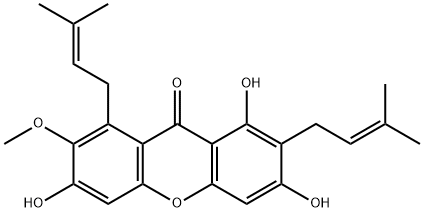
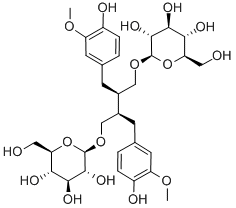



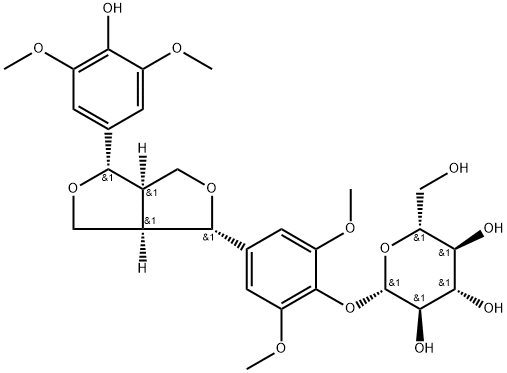
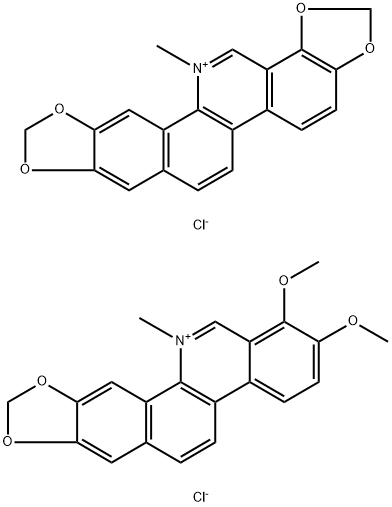

You may like
-
 Eurycomanone CAS 84633-29-4View Details
Eurycomanone CAS 84633-29-4View Details
84633-29-4 -
 Eurycomanone CAS 84633-29-4View Details
Eurycomanone CAS 84633-29-4View Details
84633-29-4 -
 1975-50-4 98%View Details
1975-50-4 98%View Details
1975-50-4 -
 2-HYDROXY BENZYL ALCOHOL 98%View Details
2-HYDROXY BENZYL ALCOHOL 98%View Details
90-01-7 -
 2-Chloro-1,3-Bis(Dimethylamino)Trimethinium Hexafluorophosphate 221615-75-4 98%View Details
2-Chloro-1,3-Bis(Dimethylamino)Trimethinium Hexafluorophosphate 221615-75-4 98%View Details
221615-75-4 -
 14714-50-2 (2-Hydroxyphenyl)acetonitrile 98+View Details
14714-50-2 (2-Hydroxyphenyl)acetonitrile 98+View Details
14714-50-2 -
 118753-70-1 98+View Details
118753-70-1 98+View Details
118753-70-1 -
 733039-20-8 5-broMo-2-chloro-N-cyclopentylpyriMidin-4-aMine 98+View Details
733039-20-8 5-broMo-2-chloro-N-cyclopentylpyriMidin-4-aMine 98+View Details
733039-20-8
Statement: All products displayed on this website are only used for non medical purposes such as industrial applications or scientific research, and cannot be used for clinical diagnosis or treatment of humans or animals. They are not medicinal or edible.